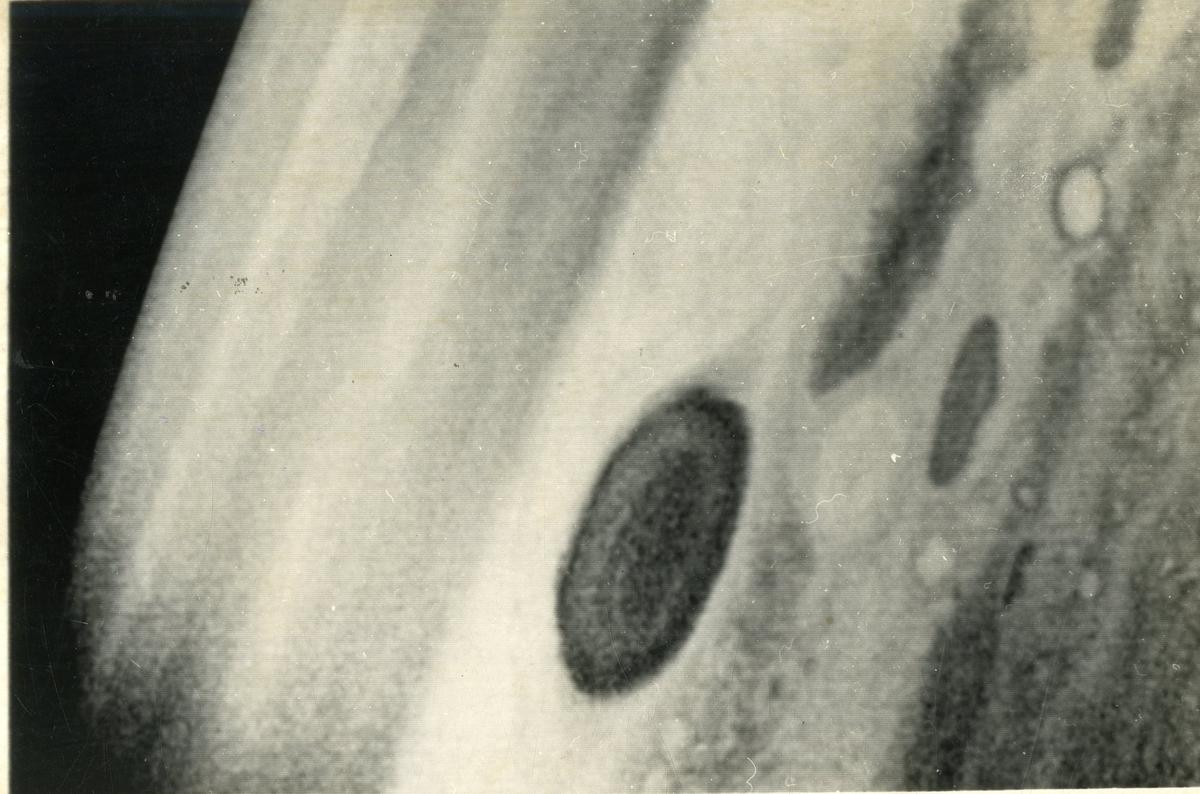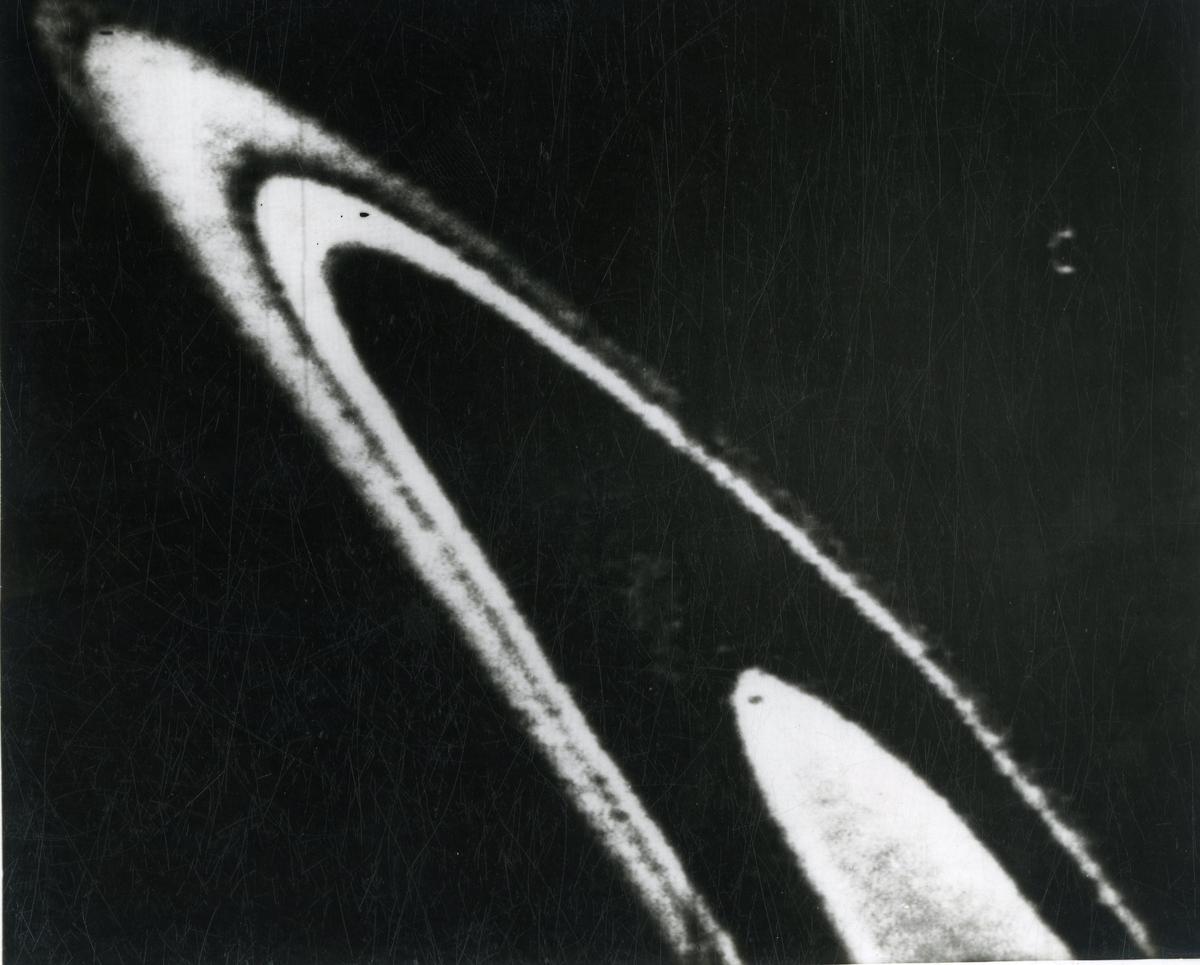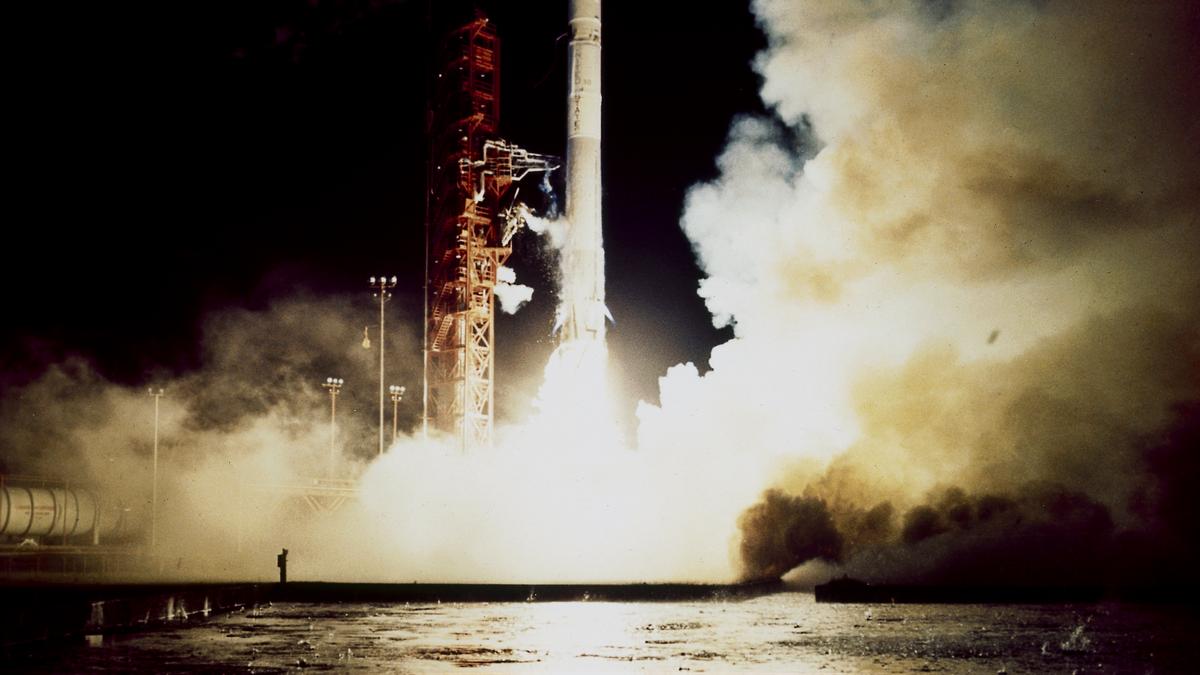The late 1970s provided a rare alignment of Jupiter, Saturn, Uranus, and Neptune that scientists wanted to use to their advantage. Gravity assists, also known as slingshots or planetary swingby, are spaceflight manoeuvres that utilise the gravitational pull of a planet to change the spacecraft’s trajectory and velocity, thereby travelling farther and faster, while using up lesser fuel. During this particular alignment, which happens once in about 175 years, NASA planned to send a pair of Voyager spacecraft to study Jupiter and Saturn, and explore Uranus and Neptune too if that was possible. Before that, they had to make sure that a spacecraft could survive passing the asteroid belt and the strong radiation belts of Jupiter. The Pioneer spacecrafts – Pioneer 10 and Pioneer 11 – were envisioned as pathfinders for the Voyagers.
The launch
Following the successful launch of Pioneer 10 on March 2, 1972, its twin Pioneer 11, which was initially conceived as a backup, was launched on April 6, 1973. It sped away from Earth at a velocity of about 51,800 km per hour, matching the speed of its twin. In the interim 13 months, Pioneer 10 – the first spacecraft to travel beyond the orbit of Mars – had already gone past the asteroid belt and was on its way to fly by Jupiter in December 1973.
This meant that mission planners could tweak Pioneer 11’s course after Pioneer 10’s successful observations of Jupiter. Once Pioneer 11 crossed the asteroid belt without incident in mid-March 1974, two course corrections were carried out within 15 days of each other in April and the probe was retargeted in May such that it could use Jupiter’s gravity to make its way to Saturn. The new trajectory ensured a polar flyby of Jupiter, also taking Pioneer 11 much closer to the giant planet.
Jupiter’s Red Spot – NASA’ Ames Research Centre released this rectified Pioneer 11 photo showing Jupiter’s Great Red Spot. Photo was made while the space craft was 10,71,000 km from Jupiter.
| Photo Credit:
AP / THE HINDU ARCHIVES
Jupiter flyby
Pioneer 11’s encounter with Jupiter began in November that year, with the closest approach taking place on December 3, 1974. It managed to get three times closer than Pioneer 10 and was about 42,500 km from Jupiter’s cloud tops. Travelling at the speed of 1,71,000 km per hour by this time, Pioneer 11 was faster than any human-made object at the time. This high speed also meant that the probe’s exposure to Jupiter’s radiation belts was for a shorter time than Pioneer 10, even though it had gone closer than its predecessor.
Having first penetrated the Jovian bow shock (when a supersonic object moves through a medium and causes the material in the medium to pile up, compress, and heat up, then the result is a type of shock wave known as bow shock) on November 25, Pioneer 11 repeatedly crossed the planet’s bow shock. This indicates that the magnetosphere of Jupiter changes its boundaries as it is pushed roughly from side to side by the solar wind.

NASA released this view of Jupiter’s Great Red Spot taken by Pioneer 11. The spacecraft was 5,44,000 km from Jupiter when the picture was taken.
| Photo Credit:
AP / THE HINDU ARCHIVES
Pioneer 11 snapped plenty of pictures of Jupiter, including the most detailed images until then of the Great Red Spot. It also mapped Jupiter’s polar regions and clicked about 200 photographs of Jupiter’s satellites. Once through with Jupiter, it utilised the planet’s colossal gravitational field to swing back across the solar system – set on a course towards Saturn.
First to Saturn
Following course corrections in May 1976 and July 1978 to sharpen its trajectory towards Saturn, Pioneer first detected the ringed planet’s bow shock on August 31, 1979 at a distance of about 1.5 million km from the planet. This was the first conclusive evidence of the existence of a magnetic field around the sixth planet of the solar system.
Pioneer 11 made its closest encounter of Saturn on September 1, coming within 20,900 km of the planet. At the point of closest approach, the relative velocity of the probe was 1,14,000 km per hour. Pioneer 11 took 440 images of Saturn and its system during this encounter, including nearly 20 of them at a resolution of about 90 km.

This view of Saturn’s rings was made by Pioneer 11 at 4 p.m. on September 1, 1979 as it neared the rings some 9,43,000 km from the planet’s surface.
| Photo Credit:
AP / THE HINDU ARCHIVES
Pioneer 11’s tryst with Saturn led to a number of discoveries. Among these was the narrow ring outside the A ring named the F ring, and two new moons to add to the many more the planet had.
The pictures that Pioneer 11 managed indicated a more featureless atmosphere than that of neighbouring Jupiter, while the spacecraft was also able to discern the planet’s overall temperature to be in the range of minus 180 degrees Celsius.
What after Saturn?
When the Pioneer probes were designed, Pioneer 11 was built for 21 months of operation – enough to reach Jupiter and study it. The probe, however, outlived all expectations and worked for 22 years! During that time, it not only provided the first remote observations of Saturn, but also plenty of other vital information that has been handy in our exploration and understanding of the outer planets.
After completing its observations of Saturn, it sailed on a trajectory that took it out of the solar system in a direction opposite to that of Pioneer 10 in the general direction of Sagittarius. It crossed the orbit of Neptune, the outermost planet in our system, on February 23, 1990, becoming just the fourth spacecraft after Pioneer 10, Voyager 1 and 2 to achieve the feat.
Two of its more than 10 instruments were still working in 1995, 22 years after launch. Last contact with the probe was made on September 30, 1995, when it was 44.1 AU from Earth. Scientists received final signals from the spacecraft and data on November 24, 1995. Right now, Pioneer 11 is in the constellation of Aquila, at a distance of over 17 billion km from Earth.
Published – April 06, 2025 12:04 am IST
